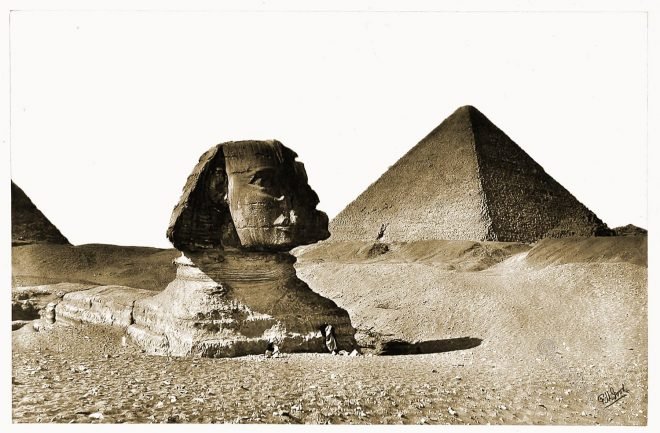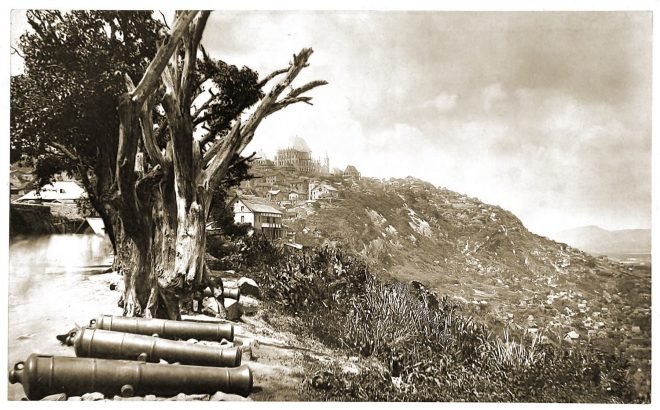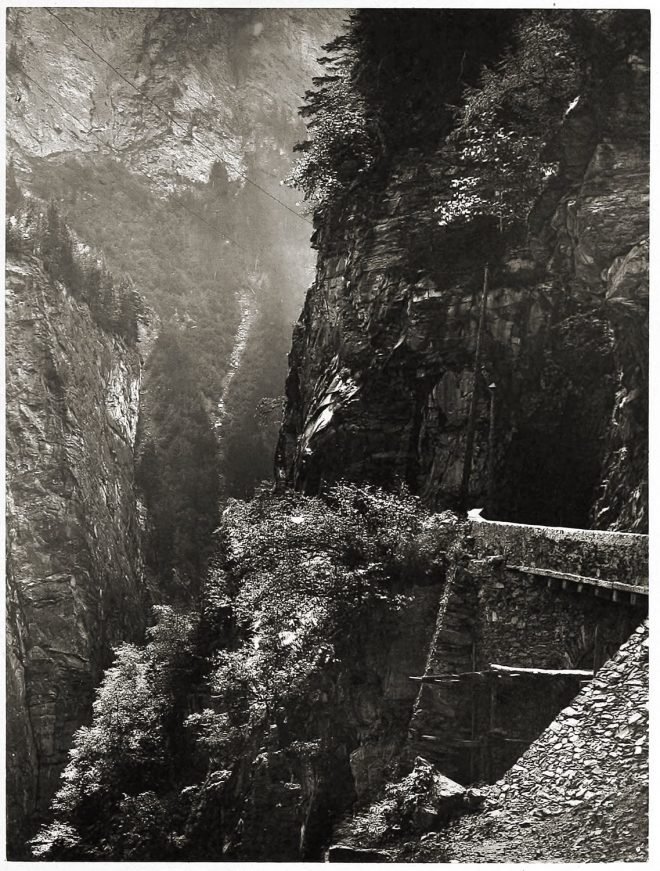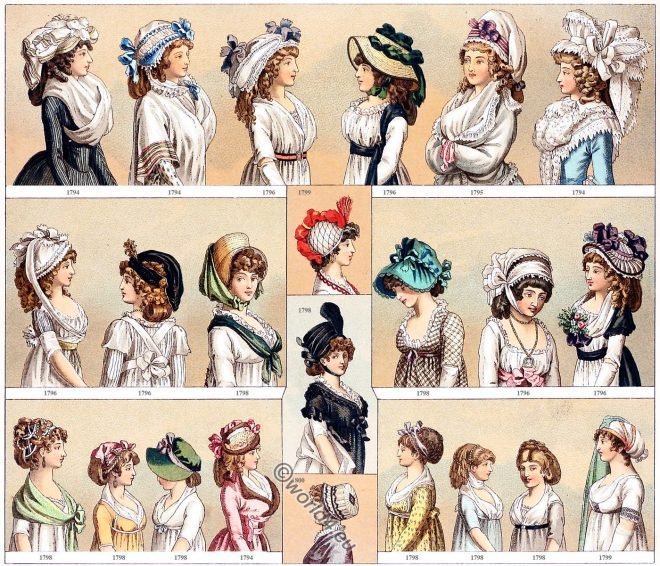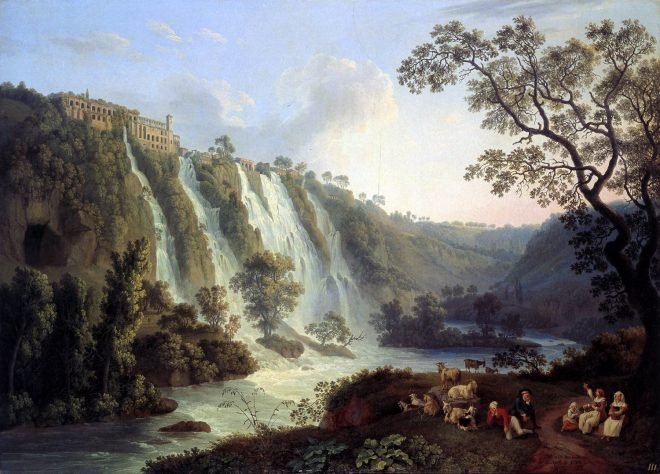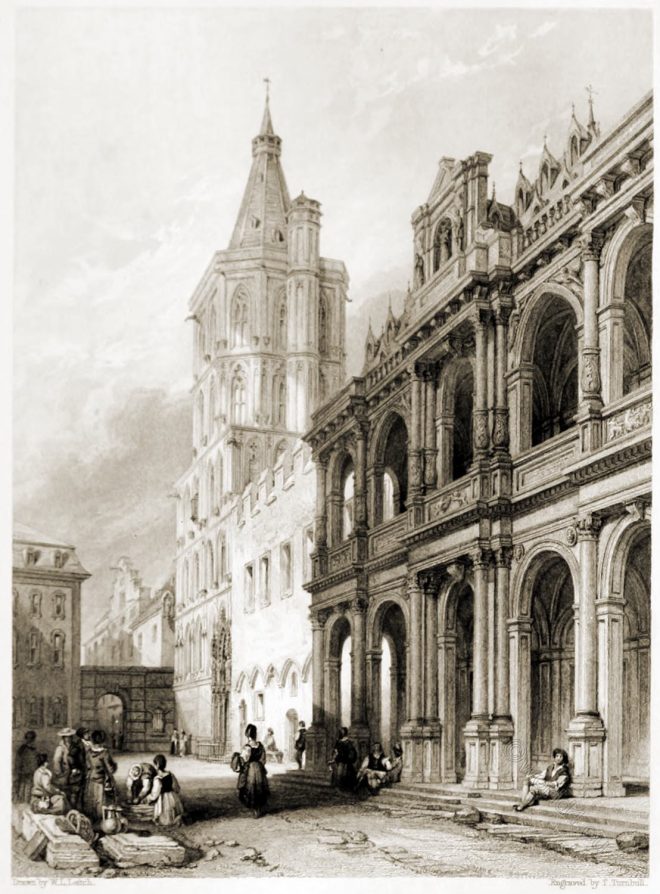Greek-Roman art. Mosaics, painted bas-reliefs and wall paintings found in Herculaneum and Pompeii. Ornaments from panels, friezes, borders and mural paintings.
Roman Republic. Senator in the toga. A commoner in the paenula.
Roman Republic 500 BC. – 30 BC. A senator’s toga. The Paenula. A stripe, or clavis, down the center of the tunic, marks the wearer as a senator.
The Great Pyramid and the Sphinx at Gizeh, Egypt.
The Great Pyramid and the Sphinx at Gizeh, the most remarkable figure of its kind.
The capital of Madagascar. Antananarivo, The City of a Thousand Towns.
Antananarivo, The City of a Thousand Towns, stands on a hill 7,000 feet above the sea-level, and 400 feet above the surrounding country.
View of the Via Mala. Road and view of the Trou Perdu in Switzerland.
View of the Via Mala. Road and view of the Trou Perdu, a gallery carved into the rock.
Tintern Abbey. An excellent specimen of pure Gothic architecture.
Wales. The romantic Tintern Abbey situated amid scenery of the most charming and attractive nature.
Female costumes and fashion from 1794 to 1800. France 18th century.
The comfortable costume, in which the belt was attached at a normal height, was soon followed by the close-fitting dress, the robe collante
The ancient ruins of the Villa of Maecenas in Tivoli, Italy.
Tivoli, the ancient Tibur, whose charms are celebrated by Horace, Ovid, and Catullus, is of Grecian origin, and was, probably, of no little celebrity five hundred years before the foundation of Rome.
The Roman Pantheon, a temple to all the Gods. Ancient architecture.
The Roman Pantheon, a temple for all the gods, is one of the most perfect examples of ancient architecture in its magnificent simplicity.
The Town-Hall of Cologne on the Rhine, Germany 19th c..
Germany Romanticism. Cologne and the legend of the fight with the lion of the mayor Hermann Gryn.



